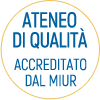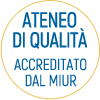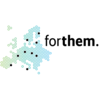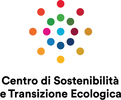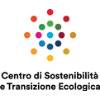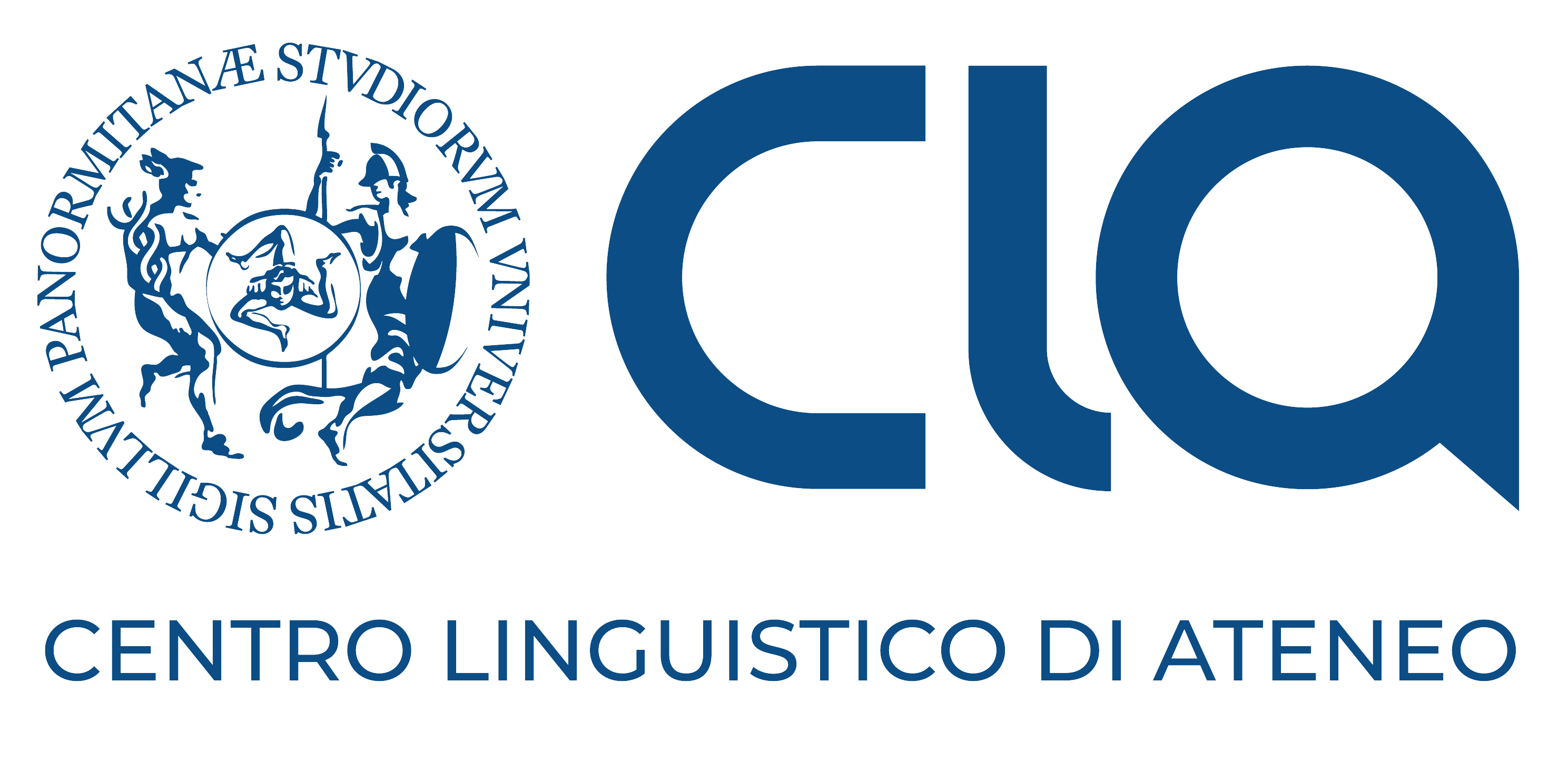Biography and Research Interests
Dr. Daniela Campobello
Post-doc Research Fellow
Assegno di ricerca cofinanziato MIUR
Referente: Prof. M. Sarà
Università degli Studi di Palermo, Italy
Section of Animal Biology (Dept. STEBICEF)
Room 1- 17
Via Archirafi 18, 90123 Palermo, IT
Email: danielacampobello@hotmail.com; daniela.campobello@unipa.it
Office Phone: + 39-091-238-91846
Mobile: +39-339-439-5353
Education
2008 Ph.D. Biological Sciences (Supervisor: Dr. S.G. Sealy), University of Manitoba, Canada
1998 B.Sc. (Honours) Biological Sciences (Supervisor: Dr. G. Cognetti†), University of Palermo, IT
Research Group
Key Publications
Campobello D., Hare J. F. & Sarà M. 2015. Social phenotype extended to communities: expanded multilevel social selection analysis reveals fitness consequences of interspecific interactions. Evolution. Online doi: 10.1111/evo.12629.
Campobello D., Sarà M. & Hare J. F. 2012. Under my wing: lesser kestrels and jackdaws derive reciprocal benefits in mixed-species colonies. Behavioral Ecology 23: 425-433. doi: 10.1093/beheco/arr207.
Campobello D. & Sealy S. G. 2011. Nest defence against avian brood parasites is promoted by egg-removal events in a cowbird-host system. Animal Behaviour 82: 885-891. doi:10.1016/j.anbehav.2011.07.028.
Campobello D. & Sealy S. G. 2011. Use of social over personal information enhances nest defense against avian brood parasitism. Behavioral Ecology 22: 422-428. doi:10.1093/beheco/arq225.
Other Publications
For all publications see my google scholar profile or download "CV & Publications".
RESEARCH INTERESTS
My research interests focus on behavioural and ecological aspects of interspecific interactions with particular attention to their evolutionary implications.
Interspecific sociality in communities
At the University of Palermo, I look at potential reciprocal advantages or, on the contrary, maladaptive associations between two cavity nesters, the lesser kestrel (Falco naumanni) and the jackdaw (Corvus monedula), nesting in the Gela Plain (Southern Sicily). In addressing such questions and in addition to scientific production (google scholar), first results of our study were visible also to non-specialist public through international (BBC; forksning.no) and local (Ateneo news) media coverage. The current project integrates ecological aspects, such as biotic and abiotic nest conditions, with visual and vocal behaviours of the two species nesting in pure versus mixed-species colonies. Given the multifaceted nature of the questions addressed, we benefit from the collaboration of Prof. James F. Hare (University of Manitoba) and Prof. Jan Lindström (University of Glasgow).
 |
 |
| jackdaw chicks...and .... | lesser kestrel chicks... |
 |
 |
| .. found within holes and crevices of these old buildings. | We record the adult calls within the colony... |
 |
 |
| .... check their biometrics... | ..and microclimate within their nest. |
Avian Brood Parasitism
I have been interested in interspecific interactions since my Master and Ph.D. studies, during which I looked at avian brood parasites and their hosts. My projects focused on the coevolutionary implications of the learning nature of one of the "weapons" hosts have at their disposal, the nest defence. I tested hypotheses on individual versus social learning applied to nest defence in a comparative investigation where my study system was based on both new and old world parasitism systems. Specifically, the brown-headed cowbird (Molothrus ater) and yellow warbler (Setophaga petechia) in North America (2002-2003) and the common cuckoo (Cuculus canorus) and reed warbler (Acrocephalus scirpaceus) in Europe (2004-2005) provided excellent models to investigate different, and yet similar, coevolutionary patterns.
 |
 |
 |
 |
Websites: LABZEA, my unipa web page, google scholar, EOU, BBC, forksning.no, Ateneo news




